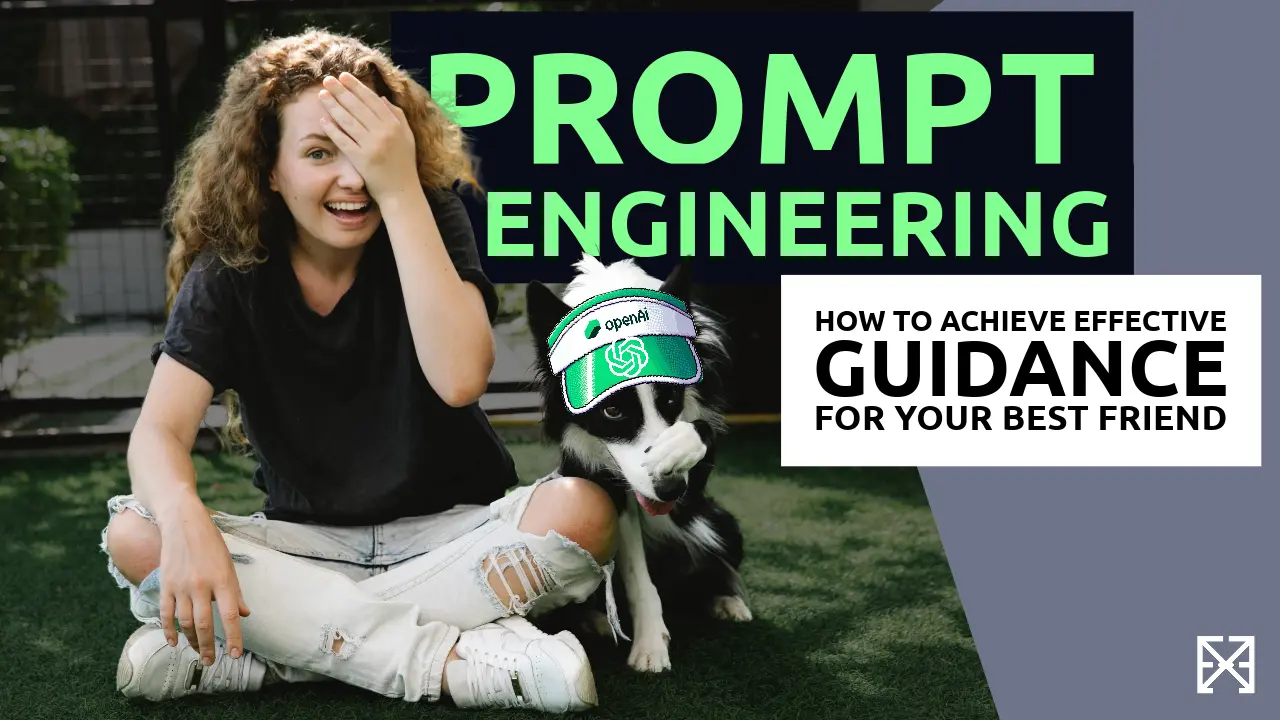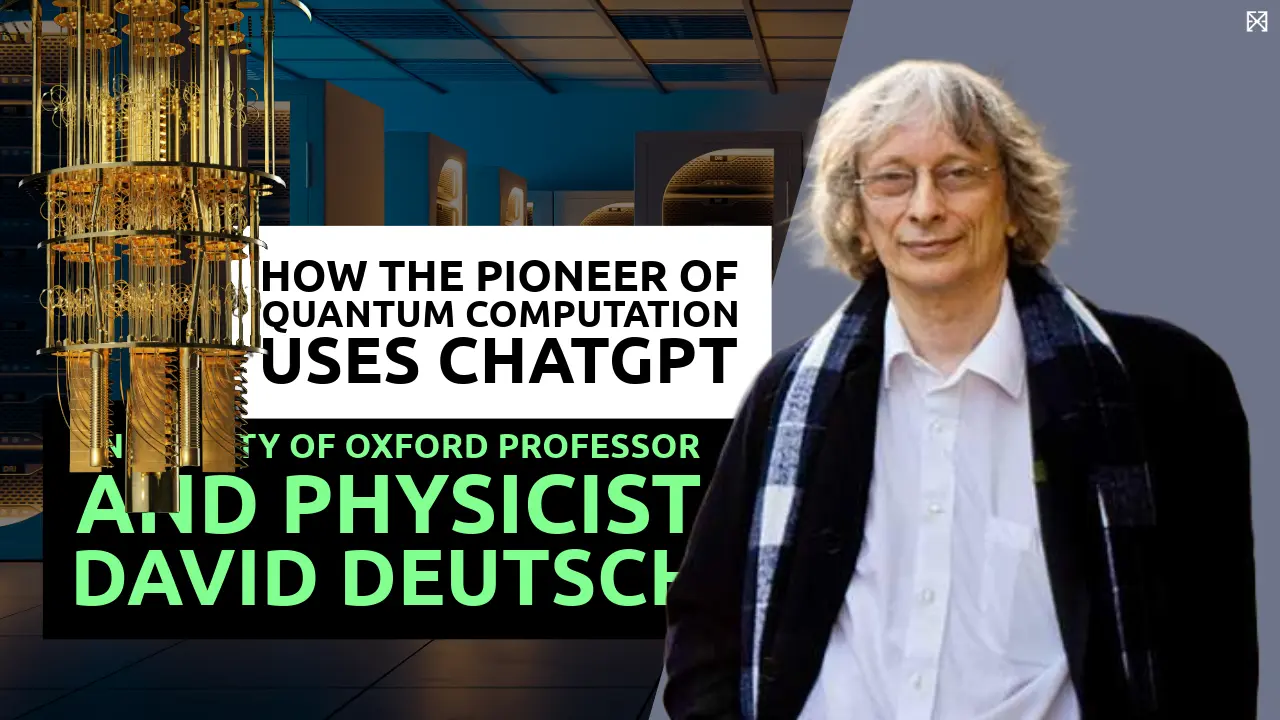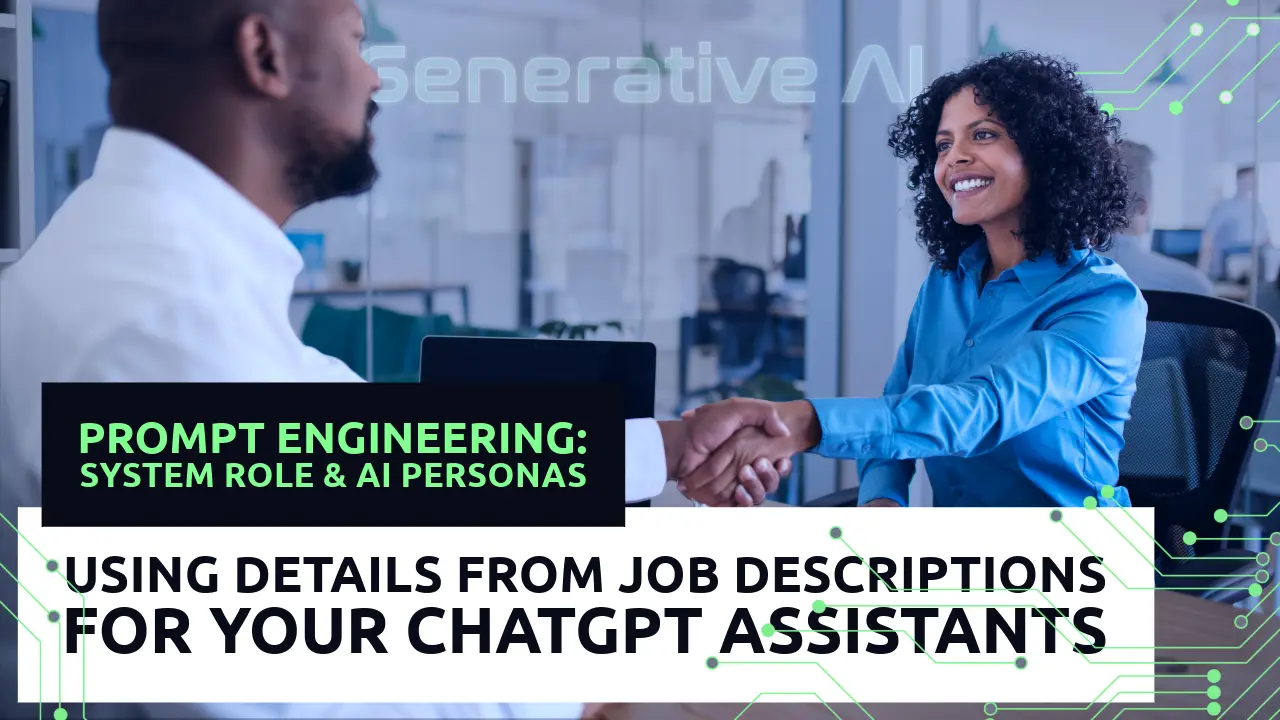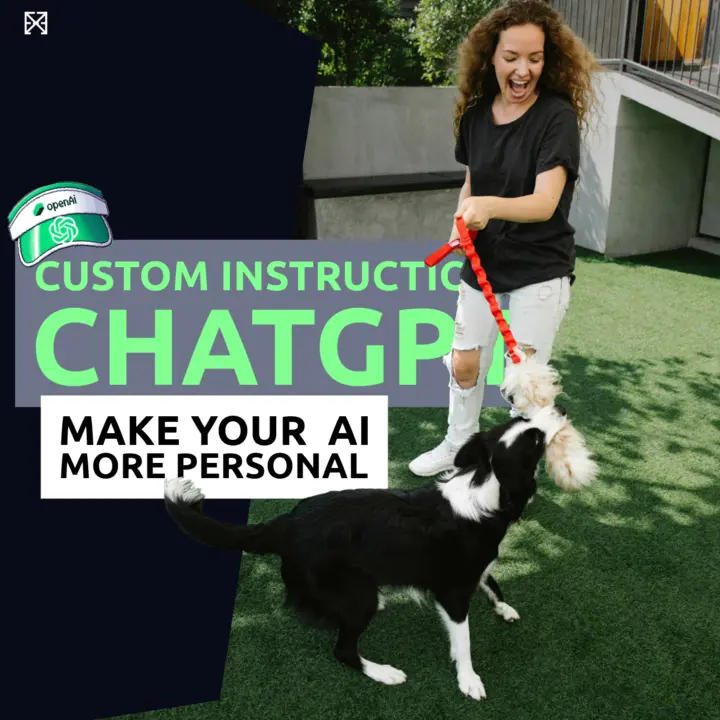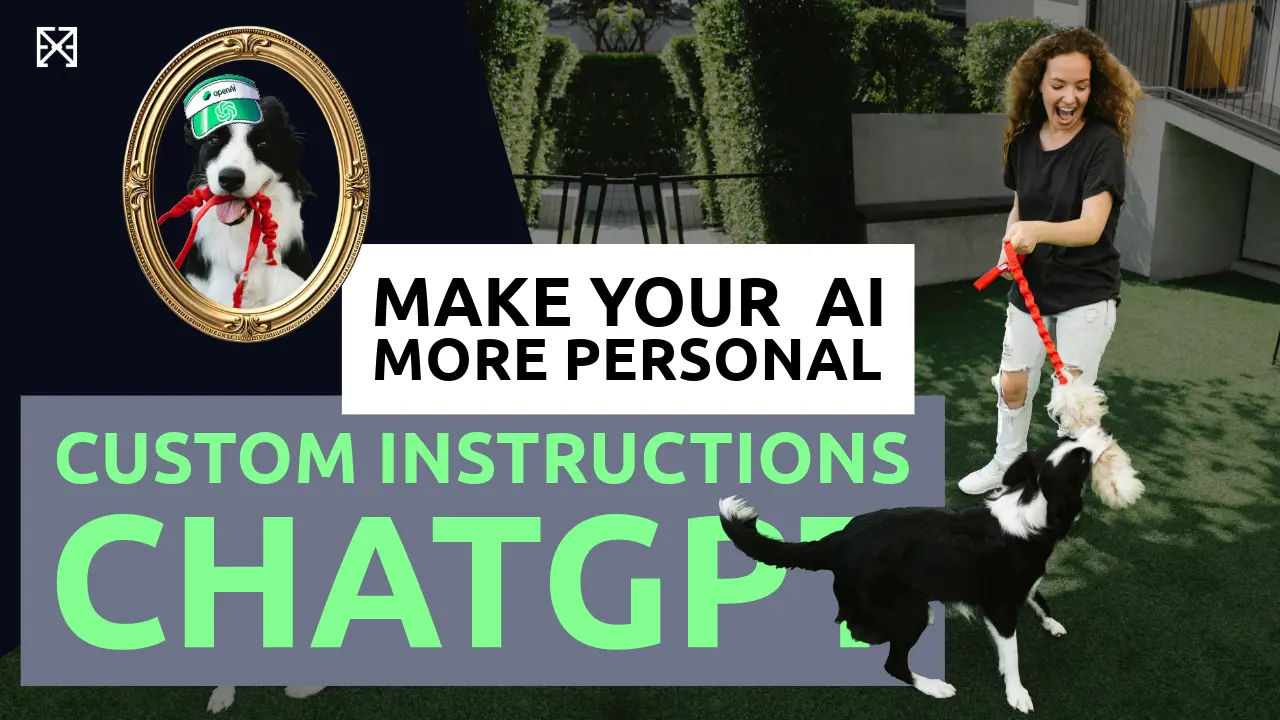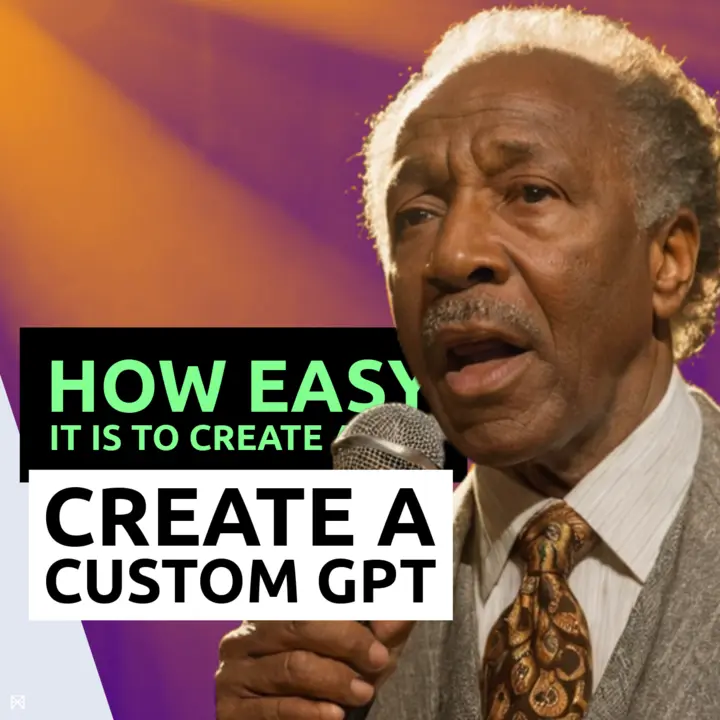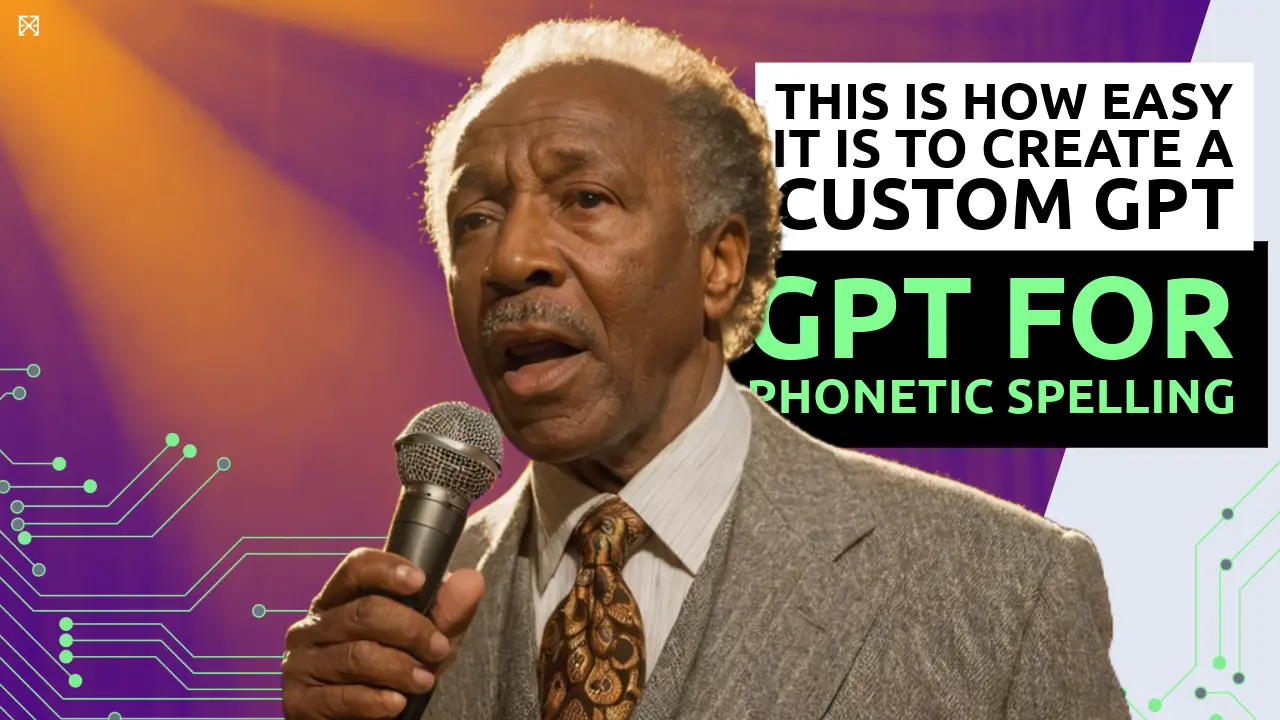The introduction of customizable Generative Pre-trained Transformers (GPTs) by OpenAI marks a pivotal shift towards democratizing AI technology.
This article aims to delineate the differences between OpenAI's traditional Generative Pre-trained Transformers (GPTs) and the newly introduced customizable GPTs, highlighting the impact on customization, and explores how they are set to redefine the accessibility and application of AI in various sectors.
GPT Models
Traditional GPT models, such as GPT-3 and GPT-4, have been at the forefront of AI technology, offering unprecedented capabilities in generating human-like text.
They are general purpose, meaning they are designed to perform a wide range of text generation tasks without specific tailoring.
And as their name suggests pre-trained on vast amounts of datasets, enabling them to understand text across a wide range of topics and styles and then to generate coherent and contextually relevant text.
Now they have added multimodality as well, meaning they can LINK #TODO
And with Sora added also text-to-video modality to their GPT Model. LINK #TODO
While their versatility and power are undeniable, their one-size-fits-all approach has limited customization for specific user needs or tasks. These fixed capabilities means that the model's capabilities are predetermined by its training, with limited scope for customization post-deployment.

